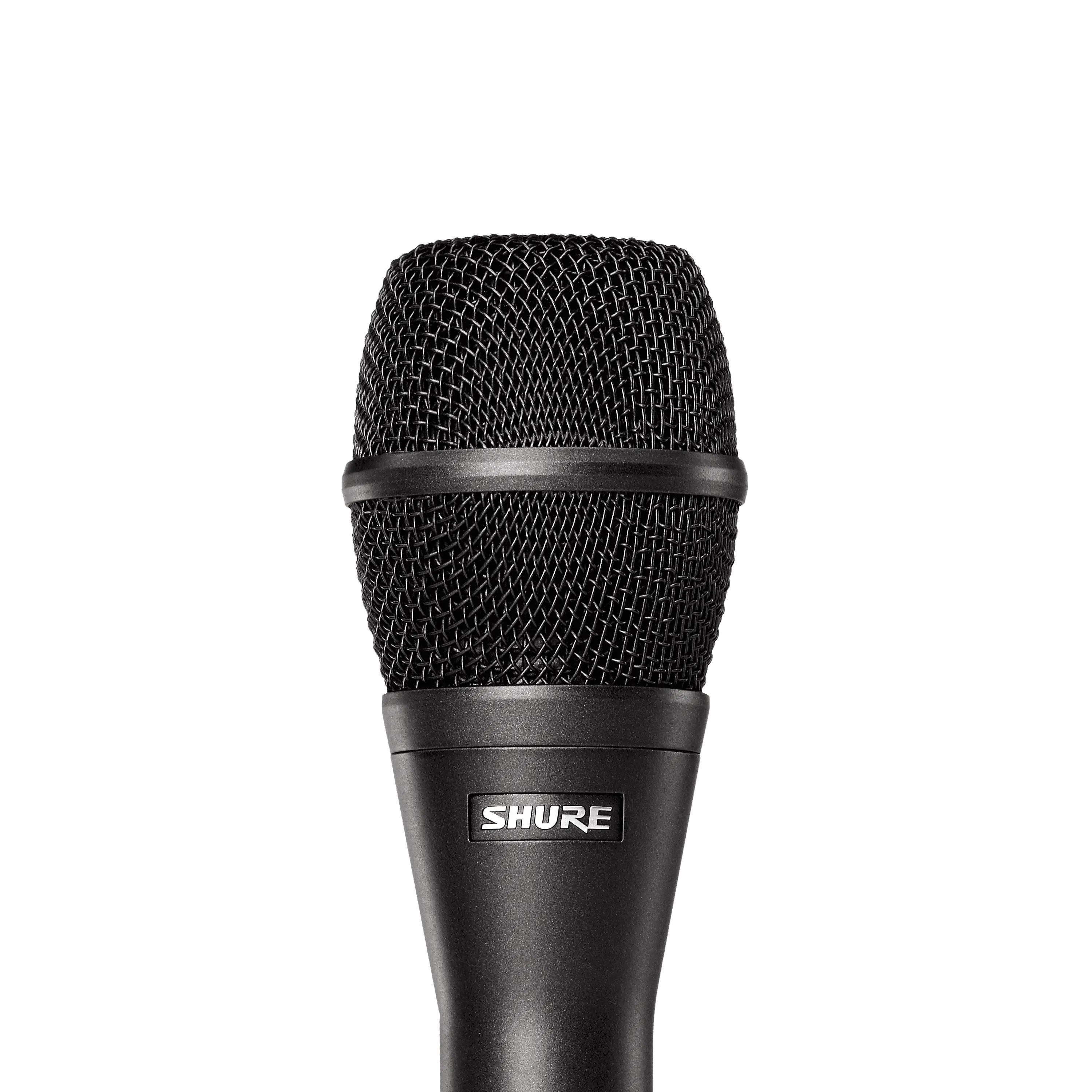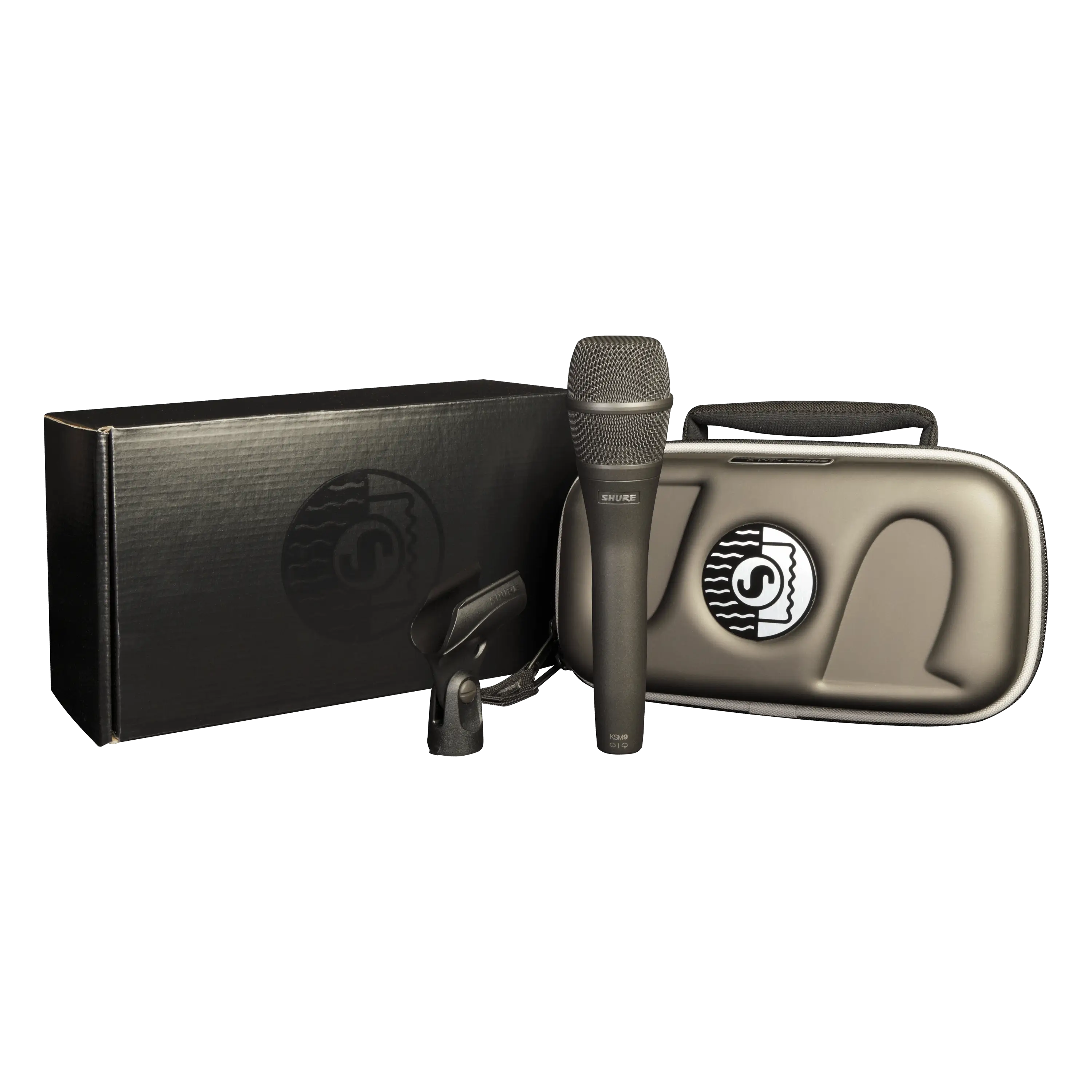Troubleshooting Wireless Dropouts in 10 Simple Steps

We've all been there; you turn up for the show, you logically set up your gear, you're ready for sound check, and then it hits you - that sinking feeling after the wireless system cuts out.
With your reputation on the line, you begin to panic, and you think to yourself 'how on earth am I going to get to the bottom of this one before the show starts!'

This kind of situation is an engineer's worst nightmare. The last thing you can afford is the risk of a dropout during the show; you need to fix the problem, and you need to fix it fast. But this can seem daunting, as wireless system dropouts can be caused by a number of issues, including antenna placement, a bad antenna cable, antenna distribution problems, frequency selection, or interference to name but a few.
Thankfully, most wireless problems can be fixed by a) following simple best practices, and b) by logically following our simple troubleshooting techniques that will help you hone in on the route cause.
Like any troubleshooting procedure, the best results are achieved through a process of elimination. In other words, you need to reduce the amount of variables to make it easier. The following step-by-step process is the same procedure carried out by our engineers to help customers troubleshoot dropouts over the phone.
Step 1
If you're using multiple wireless systems, start by focusing on the problem child - turn all other systems off.
Step 2
Test the problem child mic in isolation. If the mic works properly, then the problem is likely caused by the interaction with other wireless mics in your setup. Professional Wireless Coordination software, such as Shure Wireless Workbench will help you calculate compatible frequencies for all of your systems.
Step 3
Pay close attention to any meters or lights on your receiver and try to ascertain what happens to them when the dropout occurs. If your wireless just has a 'ready' light, does the 'ready' light go off or red? If your receiver has an RF level indicator, does this meter fall when the dropout occurs? If 'Yes,' then the dropout is related to the RF signal. If 'No,' then the dropout is only related to the audio (check for a faulty lavalier, headset mic or cable).
Step 4
Use the SCAN function to assign a new frequency for your problem child mic. If the wireless mic performs well on the new frequency, the problem was likely caused by an outside source, such as a TV station.
Step 5
Try your transmitter with a different receiver to determine if the transmitter or receiver is faulty.
Step 6
If you're using remote antennas, make sure the antennas are in the same room as the microphone and can be seen by the person holding the mic. When antennas are in a separate room, the signal is compromised; therefore, it is recommended you keep antennas as close as possible for the best result.
Step 7
As a rule, antenna distribution is required when using multiple wireless mics (4 or more) to avoid several antennas hanging around, which can compromise signal reception. Proper antenna distribution and placement will help to avoid objects such as wireless receivers, rack hardware (metal), and people (water) - all of which can reflect the RF signal causing dropouts.
Step 8
Assuming you have antenna distribution and possibly remote antennas, we need to reduce the number of variables and troubleshoot this area. To do this, remove the problem channel receiver from the antenna distribution. Then, take that one receiver out of the rack, put the stock antennas directly on the back of it, and place the receiver 6 to 10 feet away from the rest of your equipment.
We want to isolate the wireless mic and run it as simply as possible. If the mic works fine, then you know the transmitter, receiver, and frequency are in working order. Subsequently, the problem must be with the antenna distribution, remote antenna, antenna cable, or its proximity to other nearby equipment. Antenna cables or antenna distribution systems can fail, so you'll need to check them accordingly.
Step 9
Take the problem wireless system to a different location outside your venue or building. Try the mic in your new location after scanning for a clean frequency. If the mic works, then the problem is coming from the local environment at your venue or building. If the mic still drops out, you could have a faulty mic or receiver - send them out for service.
Step 10
Once your mic is working correctly, slowly add in (one-by-one) the antenna distribution, remote antennas, and other wireless systems until you have a complete working system.

Become a Wireless Expert
Wireless microphones are essential to modern production values, but as you can likely gather from the information above, they require a level of expertise beyond traditional audio signal flow. Additionally, users of wireless microphones have endured much disruption over recent years - making best practice wireless operation more important than ever. To learn more about the recent disruptions and how you can run a reliable ship in spite of them, visit LosingYourVoice.co.uk




